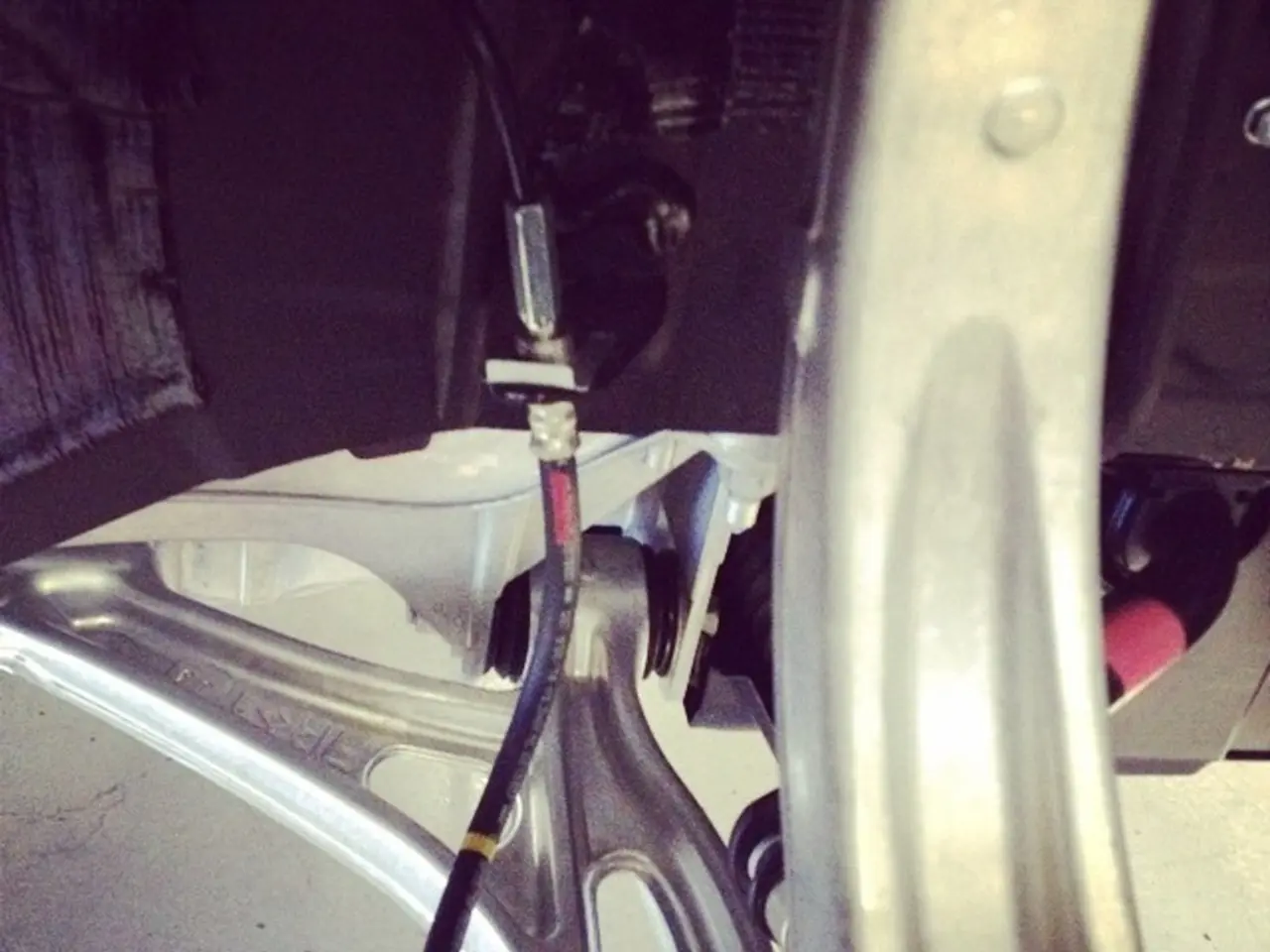Electrical Energy Quantification: Assessing Power in Kilowatts
Electrical energy plays a pivotal role in our daily lives, powering everything from our homes to our industries. This article delves into the fundamental units and relationships that govern electrical energy, highlighting the roles of various specialists within the field of electrical engineering.
The Basics of Electrical Energy
Electrical energy is measured in various units, including watts, volts, amperes, ohms, joules, and kilowatt-hours.
- Volts (V) measure electric potential difference, the electrical "pressure" that pushes electricity forward.
- Amperes (A) measure electric current, the rate at which electricity flows.
- Ohms (Ω) measure electrical resistance, a measure of how much something resists the flow of electricity.
- Watts (W) is the unit of electric power, equal to one volt times one ampere ((P = V \times I)).
- Kilowatts (kW) is 1000 watts.
- Joules (J) are the units of electrical energy, defined as the energy transferred when a current of one ampere passes through a resistance of one ohm with a potential difference of one volt for one second. Energy is power applied over time ((E = P \times t = V \times I \times t)).
- Kilowatt-hours (kWh) is a commercial unit of energy, representing 1000 watts used for one hour and equals 3,600,000 joules ((1 \text{ kWh} = 3.6 \times 10^6 \text{ J})).
Ohm's law connects volts, amperes, and ohms: [ V = I \times R ]
Power can be expressed in terms of voltage and resistance or current and resistance: [ P = V \times I = I^2 \times R = \frac{V^2}{R} ]
The Roles within Electrical Engineering
Electrical engineering is a diverse field with several specialized roles, including power systems engineers, control systems engineers, and electronics engineers. Electrical technicians install, maintain, and repair electrical systems, working closely with engineers to ensure smooth operation. Electrical inspectors ensure that electrical installations meet safety standards.
Applications of Electrical Energy
From refrigerators to electric vehicles, electrical energy powers our daily lives. Refrigerators keep our food fresh and our beverages icy cold. Light bulbs transform darkness into cozy illumination. Electric motors convert electrical energy into motion, enabling us to clean our homes, wash our clothes, and build skyscrapers with ease.
The Future of Electrical Engineering
The future of electrical engineering is focused on embracing innovation and sustainability. Renewable energy sources, such as solar panels, wind turbines, and geothermal systems, are becoming more prevalent, aiming to reduce our reliance on fossil fuels. Smart grids use sophisticated technology to detect power outages, adjust voltage levels, and integrate renewable energy sources, improving reliability and reducing energy waste.
Electric vehicles (EVs) are becoming more popular, offering cleaner transportation options and reducing greenhouse gas emissions. Industrial machinery drives the massive production lines that create the products we rely on. Electrical engineers design, develop, and maintain the electrical systems that keep homes, businesses, and industries running. Electrical contractors manage electrical projects and ensure compliance with safety codes.
Energy Consumption and Efficiency
Energy consumption measures how much electricity is lost and helps us understand how efficiently we're using it. Current is the rate at which electricity flows, measured in amperes. Resistance is a measure of how much something resists the flow of electricity, measured in ohms. Power plants convert fuels into electricity.
Water heaters provide us with warm and comforting baths and showers. Air conditioners extract warmth from the air, creating a refreshing oasis in our homes and offices. Energy consumption is a crucial factor in understanding the environmental impact of our daily activities.
In conclusion, the relationships between kilowatts, watts, volts, amperes, ohms, and joules form the foundation for understanding electrical energy use and measurement. Electrical engineering plays a vital role in our lives, powering our homes, driving industries, connecting us globally, enhancing healthcare, and promoting sustainable living.
Summary Table:
| Quantity | Symbol | Unit | Relation/Definition | |-------------------|--------|-----------------|----------------------------------------------| | Voltage | V | Volt (V) | Potential difference | | Current | I | Ampere (A) | Flow of electric charge | | Resistance | R | Ohm (Ω) | Opposition to current, (R = V/I) | | Power | P | Watt (W) | (P = V \times I) | | Energy | E | Joule (J) | (E = P \times t = V \times I \times t) | | Energy (commercial)| — | Kilowatt-hour (kWh) | (1 \text{ kWh} = 3.6 \times 10^6 \text{ J}) |
- The fundamental units and relationships that govern electrical energy, as detailed in this article, showcase the roles of various specialists within the field of both science and technology, such as power systems engineers, control systems engineers, electronics engineers, and electrical technicians.
- As we move towards a more sustainable future, the field of electrical engineering heavily involves the integration of renewable energy sources, including solar panels, wind turbines, and geothermal systems, which are driven by advancements in technology and innovation.




